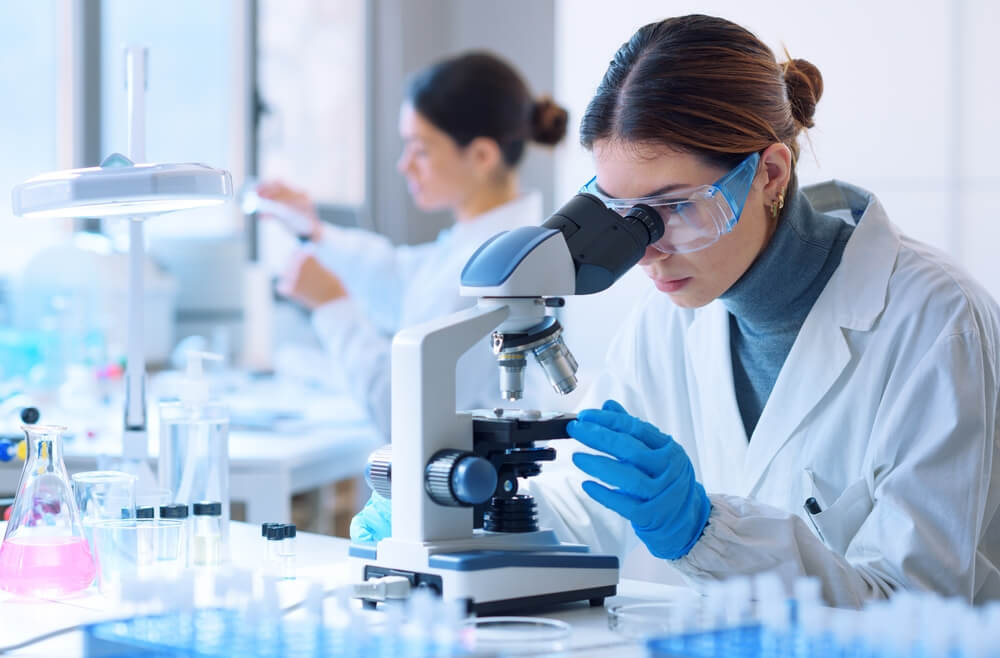
Blog
Eye Protection Checklist for Lab Workers
The shocking reality is that hundreds of eye injuries happen at work every year. While 10 to 20 percent of the incidents cause partial or complete blindness, there are also some minor mishaps. Therefore, both employers and employees must give eye protection in the workplace careful thought. 90% of occupational eye injuries can be prevented or at least lessened in severity, according to safety experts and optometrists. Common workplace eye injuries include scrapes on the cornea and ingestion of chemicals or other objects. Additional common causes of eye injuries include spilled fluids, steam burns, and exposure to UV or infrared radiation.
Furthermore, eye exposure might put healthcare professionals and laboratory personnel at risk of contracting infectious infections. The eye's mucous membranes can transfer some infectious illnesses. It can happen if you come into close contact with blood splashes, respiratory droplets from coughing or getting in your eyes via infected fingers or other items. There are two main causes of eye injuries sustained by science workers during work:
- They lacked the appropriate eye protection.
- They weren't wearing the appropriate safety gear for the task.
Laboratory workers must wear safety glasses or goggles and face protection if there is a realistic chance of harm that may be avoided with the use of such equipment, according to EU health and safety regulations. When there is a risk to one's eyes, one must use personal protective equipment (PPE), such as protective goggles, face protection, safety glasses, or full-face respirators. The kind of threat, the exposure conditions, the usage of additional protective equipment, and the user's specific vision requirements all influence the appropriate level of eye protection.
Different Kinds of Eye Protection for Lab Circumstances
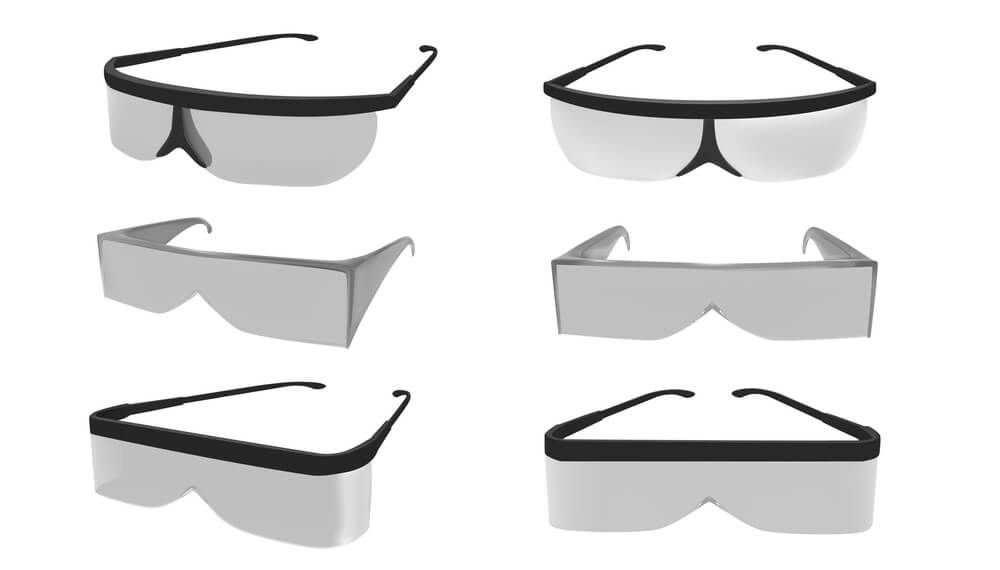
There are plenty of options to choose from when choosing the right kind of eyeglasses for your specific requirements. When performing routine maintenance or in non-hazardous settings like schools or research labs, safety glasses could be adequate. However, vented protective goggles with extra face shields can be required, or Wileyx safety glasses if you're working in more extreme situations, such as being near toxic gasses or corrosive chemicals.
All-purpose Safety Glasses
Safety glasses are framed in either plastic or metal. They can also be worn on top of prescription eyewear. Side shields that round the sides of several models protect the user from various angles.
Chemical Splash Goggles
These lab goggles, resemble swimming goggles and have an adjustable strap to keep them in place, completely covering the eye area. Some involve ventilation to stop fogging, but they don't shield against splashes of chemicals or tiny particles.
Laser Safety Glasses
Depending on the application's wavelength and power requirements, many choices are available for protecting against radiation, lasers, and other light sources.
Face Shields
For shielding the face and neck, visors and face protection use a single, big lens fixed to an adjustable head strap or helmet. The lens may be composed of several materials with differing thicknesses, depending on the particular hazard. They are worn with Onguard safety glasses or lab goggles.
You can find everything you require to ensure the best safety possible in safety eyewear from SEG, and it's still convenient to use for lengthy periods in the lab.
Why Are Safety Glasses Necessary in the Laboratory?
Safety is the priority at all times, especially in the busy laboratory. The wearing of safety goggles is one of the many subtle but important safety precautions. Let's explain why it's imperative to wear safety glasses in the lab and how this easy habit can shield your eyes from potential damage.
Preventing Chemical Hazards
Chemicals are closely associated with laboratories. The threat of chemical exposure exists regardless of the complexity of the research being done, even for simple experiments. Even severe burns, irreversible blindness, and eye discomfort can result from just one splash or droplet. Safety goggles offer an all-encompassing covering to shield your eyes from dangerous chemical spills.
Avoiding Physical Injuries
Chemicals aren't the only thing that may go wrong in a lab. Particulates, broken glass, and flying debris all pose a serious risk of physical harm. By shielding your eyes against these risks, Guardian safety glasses will enable you to work with assurance and safety.
Preventing Biological Hazards
Safety goggles are a vital first line of protection from biohazards in biological laboratories. They keep you secure while you perform your job by shielding your eyes against potentially dangerous biological elements, microbes, or bloodborne infections.
Preserving Clear Eyesight
Safety goggles do more than just shield your eyes; they also aid in preserving clear eyesight, which is essential in a lab setting. Numerous protective glasses have anti-fog and anti-scratch properties, which guarantee that your vision stays clear and lets you carry out your duties precisely and efficiently.
Making a Safety Standard
Wearing safety eyewear serves many purposes in the lab than just personal protection. It conveys a message about the significance of safety procedures, encouraging a safety culture consciousness and alertness among all lab staff members.
Fulfilling Regulatory Needs Wearing safety eyewear in the lab is not only recommended, but mandated by law in many areas. In settings where there's a chance of eye injuries, regulatory agencies such as the Occupational Safety and Health Administration (OSHA) require the usage of proper eye protection.
How To Pick the Best Safety Glasses Pair?
Appropriate Safety In a dangerous workplace, such as a science lab, protective glasses are essential for the best eye protection. Check out these important elements.
Materials
Safety glasses are available in a variety of materials, however polycarbonate lenses are frequently advised. They are 10 times more advantageous than plastic or glass lenses and lighter than conventional glasses.
Suitability and Comfort
For comfort and protection, a proper fit is crucial. To guarantee that the glasses fit comfortably without pinching or slipping off, look for features like flexible arms, soft nose cushions, and adjustable straps.
Coverage
Select eyewear that provides complete eye protection, such as wraparound lenses or removable side shields, to ward off threats coming from all angles.
Unique Features
One may need additional conveniences like anti-fog coatings, tinted lenses, or UV protection for improved visibility, depending on the needs of the lab. For people who require corrective lenses, Armourx prescription safety glasses are also offered.
Fashion
Safety lenses are made to be more trendy without sacrificing safety, but style shouldn't be the primary consideration. The researcher should choose comfortable shoes if they will be worn for prolonged periods.
Assessments and Suggestions
Look for tried-and-true lab safety equipment for eyewear by reading consumer reviews or getting advice from professionals or fellow professionals.
Test Before Purchasing
Before deciding, try on multiple pairs. Fit and comfort might vary greatly, so it's always preferable to try them on in person.
By considering these things, one can choose z87 safety glasses that are both comfortable to wear for extended periods and satisfy safety regulations. Keep in mind that the appropriate pair can discern between maintaining safety and incurring the risk of eye damage.
Varieties of Safety Glasses for Laboratories
Several varieties of safety glasses are used in research labs. These types of glasses are made to provide varying degrees of protection based on the particular dangers involved.
A summary of some of the more prevalent kinds is provided below.
Basic Safety Eyewear
While basic safety lenses resemble conventional eyeglasses in appearance, they are composed of impact-resistant materials. They provide sufficient defense against trivial threats like tiny flying fragments or liquid drops.
Safety Goggles
Protective goggles provide a secure fit surrounding the eyes for greater protection. They are ideal for protecting against airborne dust, larger flying debris, and chemical spills.
Over-Safety Glasses
The purpose of retro safety glasses is to be worn over standard prescription glasses. SEG provides the same level of protection as traditional safety lenses without impairing eyesight in those who require prescription lenses for good vision.
Complete-Face Protectors
Full-facial shields protect not just the eyes but the entire face. These are typically employed in risky situations, such as biological reactions. For added safety, they are frequently worn with additional forms of eye protection.
Goggles for Welding
Welding goggles are unique eyewear with a sturdy base and dark lenses. When welding, these goggles protect from sparks and intense light. Basic science laboratories typically do not require them, but materials labs or engineering do.
UV-blocking Eyewear
Special coatings on UV protection glasses shield the wearer from UV rays. These glasses shield technicians' eyes from damaging UV rays exposure when they work in labs that employ UV light, such as some chemistry or biology labs.
Impact- Resistance
The one thing that sets safety eyewear apart from conventional eyeglasses is that they are all required to be shatter-resistant. Safety eyewear is designed to resist the impact of a metal fragment moving in the air at very fast speeds, unlike traditional eyewear. That is, whether it is certified under ANSI Z87.1-2020.
Please check out our blog "What Does ANSI Z87.1 Certified Mean?" for further information regarding ANSI standards.
To guarantee a uniform degree of safety, the American National Standards Institute (ANSI) creates testing that is utilized by many businesses. To guarantee that safety eyewear won't shatter into tiny, hard plastic fragments inside your eyes, the American Society of Testing Inspectors (ANSI) has two crucial tests for shatter resistance.
Blue Light Glasses
In case you are not aware, blue light is a form of short-wavelength, high-intensity light that bears similarities to ultraviolet light. But blue light is apparent. The reason blue light is so invasive is that it comes from both the sun and other sources. The commercial theme that has been trapped in your head for the past fifteen years is not nearly as intrusive as this one. LED TVs, PCs, fluorescent lightbulbs, tablets, and cellphones release blue light. Blue light is becoming a greater risk to our eyesight because of how often we use these devices.
Top and Side Shields
When goggles are not necessary, wear safety glasses with side and top shields. Certain eye protection like DVX safety glasses include wraparound or curved lenses, which might shield your upper eyes from injury while providing some side eye protection. In addition, as we'll see shortly, the distorted lenses may result in a distorted world.
Where your ordinary glasses expose your eyes vulnerable, removable shields or wraparound glasses protect them. Conventional eyewear has openings where splatters, splashes, and debris can get into the eye area at the top and across the temples. Your eyes are shielded from harm with safety eyewear including side and top shields.
Laser Eyeglasses
Laser glasses shield from certain wavelengths of laser light. These are essential for using lasers, which are frequently used in physics or innovative laboratory settings.
Anti-Fog Lenses
glasses with an anti-fog coating that keeps the lenses from fogging up. These come in handy in areas where there are temperature fluctuations that could lead to glasses foggy and impaired vision.
Polarized or Tinted Glasses
Tinted lenses that cut down on brightness and glare are called polarized lenses. These can aid in vision when working with extremely bright lighting for scientists. Generally speaking, they are not required for the majority of indoor labs.
Prescription Eyewear
These are specially designed glasses that are manufactured to match individual prescriptions. These glasses provide the necessary adequate amount of protection and excellent vision for those who require prescription lenses.
Wearing stylish safety eyewear in the lab is about more than just a small piece of equipment. It is a safeguard for the eyes. To make sure that everyone is secure while performing lab research, this minor but crucial step is taken.
Selecting the Appropriate Lens
Similar to this, choosing safety eyewear requires careful consideration of the lens finish. Take into account these qualities:
- Amber-Colored Lenses: The filter's properties indicate that blue rays in the visible range are absorbed. In low light, it also results in contrast augmentation.
- Clear Lenses: Offer defense against common indoor dangers.
- Smoke Lenses: Reduce glare from light sources while filtering harmful UV rays and visible light.
- Polarized Lenses: improve contrast and reduce glare.
- Mirror Lenses: By reflecting glare, the mirror coating lowers the quantity of light passing through the lens.
- Indoor/Outdoor Lenses: A little mirror finish on a clear lens lets in more light and lessens artificial light glare.
In The Event of an Emergency Involving the Eyes, What Should Be Done?
After an injury, get medical help as quickly as you can, especially if you have eye pain, blurry vision, or have lost all eyesight. Before receiving medical attention, a few basic first aid procedures can and ought to be performed.
- For a minimum of fifteen minutes, immediately rinse the eye with water.
- Water can be poured into the eye using a clean container, the garden hose, or the faucet or shower.
- The moment you take out your contact lenses, you should flush your eye.
- Never attempt to use another material to counteract the chemical.
- The eye should not be bandaged.
- As soon as you flush, get medical help right away.
Keep your eye closed, gently bandage it, and get medical attention if the element fails to come out. If untreated for several days, certain particles—especially metallic ones—can result in rusting areas on the cornea. Seek medical attention right once even if you're not sure if the thing is gone.
Purchase Top Quality Laboratory Safety Glasses Online At SEG
Safety Eyeglasses SEG is well known throughout the world as a supplier of the best pickle safety glasses and for offering top-notch products. Our products guarantee more exact and accurate research and deductions. Check out our extensive selection of lab safety glasses online at our website www.safetyeyeglasses.com if you're looking for premium lab goggles.



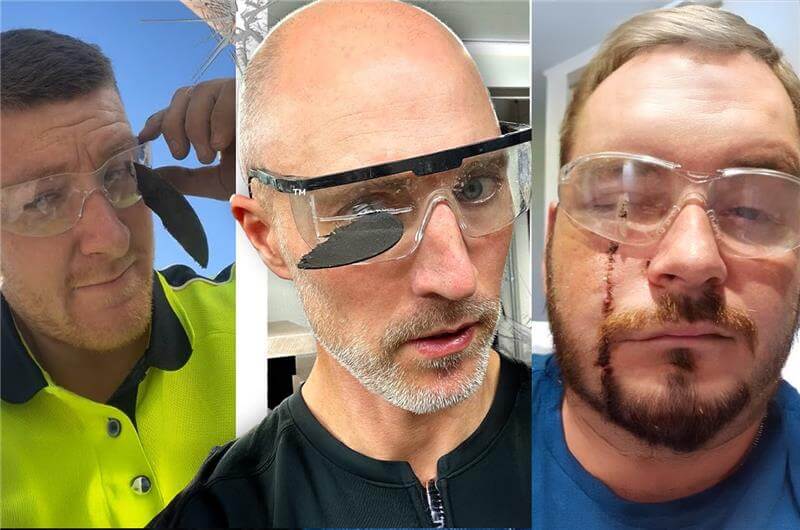
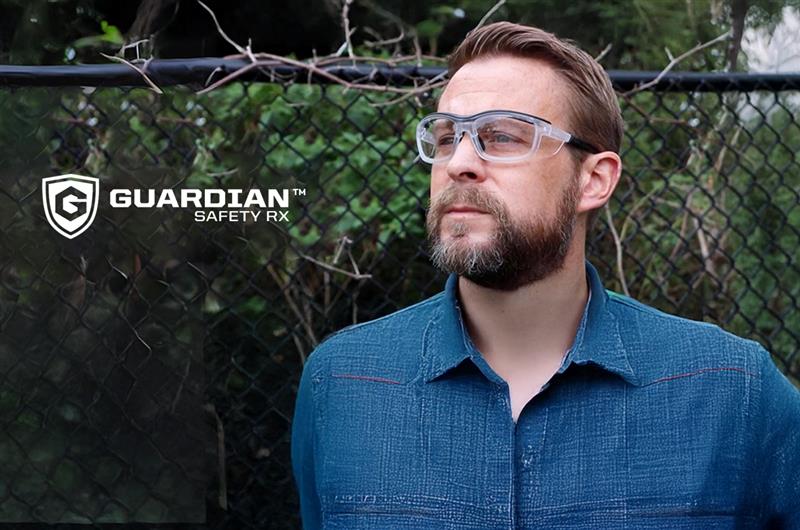
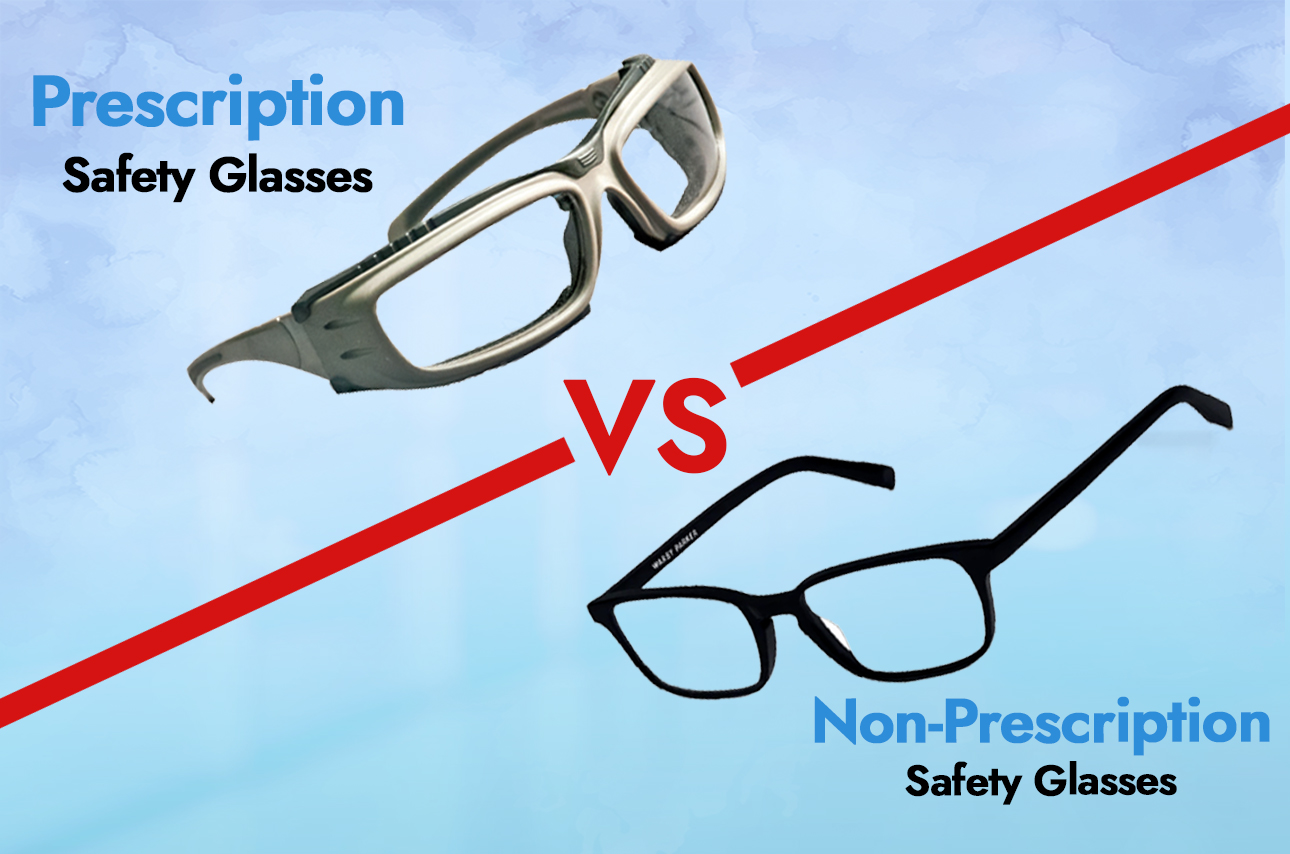
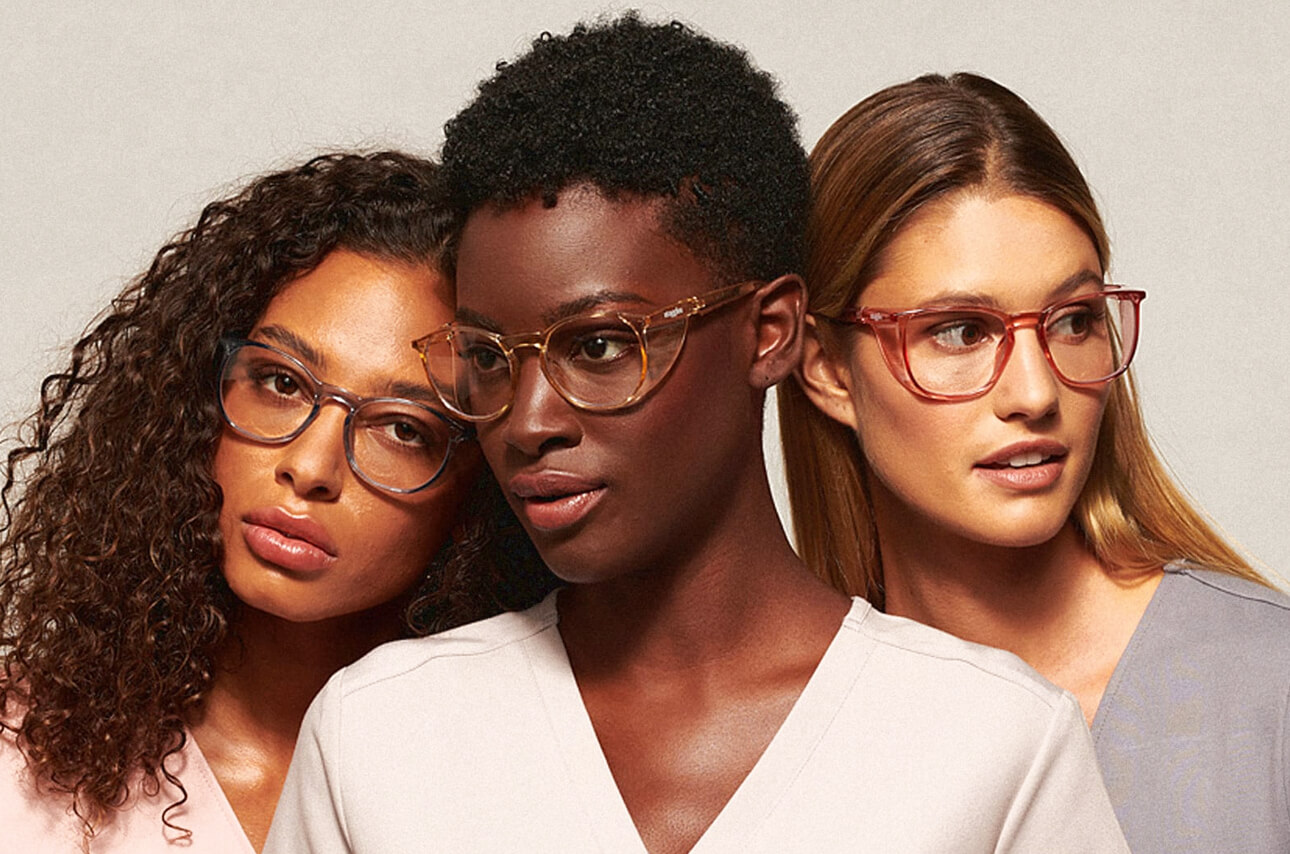

Leave your comment